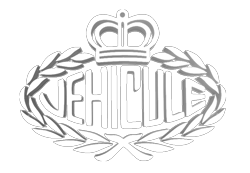For decades after World War II, the Camorra ran the Mediterranean’s fastest boats. Dark-blue wooden speedboats called scafi blu would slip out of Naples or Puglia in the middle of the night, kill their engines a mile from a rust-streaked freighter sitting in international waters, and tie up alongside. A torn banknote held together by two strangers confirmed the password. Minutes later the boats raced home loaded with untaxed Marlboros. By sunrise the cigarettes were on the streets and the Italian state was out 70–80 % tax on every pack.

The routes, the corrupt dock workers, the truck drivers, the Swiss shell companies, the guys who never ask questions – none of that infrastructure ever disappeared. It just changed what it carried.
Now it carries fake extra virgin olive oil.
The new scam is almost elegant in its cynicism. Tankers full of sunflower, soybean, or hazelnut oil from Tunisia, Turkey, or Ukraine dock legally in Puglia. The oil gets pumped into the same trucks that once hauled cigarette crates. At mafia-controlled mills it’s blended with a token splash of real olive oil (sometimes as little as 10 %), colored green with chlorophyll, tinted yellow with beta-carotene, and dosed with synthetic “olive” flavor. Then it’s bottled under pretty Tuscan landscapes and sold as 100 % Italian extra virgin for five or six times what it cost to make.
Europol says up to 20 % of the “Italian” olive oil sold outside Italy is fraudulent. That’s roughly €2 billion a year straight into mafia pockets – low risk, high margin, and the worst you usually get is a fine.

The violence hasn’t gone soft either. Farmers who won’t sell their groves get a midnight visit. Trees that are centuries old get ring-barked or torched. In 1991 a Calabrian landowner was gunned down in his driveway for refusing the ‘Ndrangheta. His sister’s testimony finally put some of the killers away, but the land changed hands anyway.
Every few years the police stage a big raid for the cameras – 150,000 liters here, 260,000 liters there, a warehouse full of industrial chlorophyll in Cerignola – but everyone knows it’s a drop in the Mediterranean.









